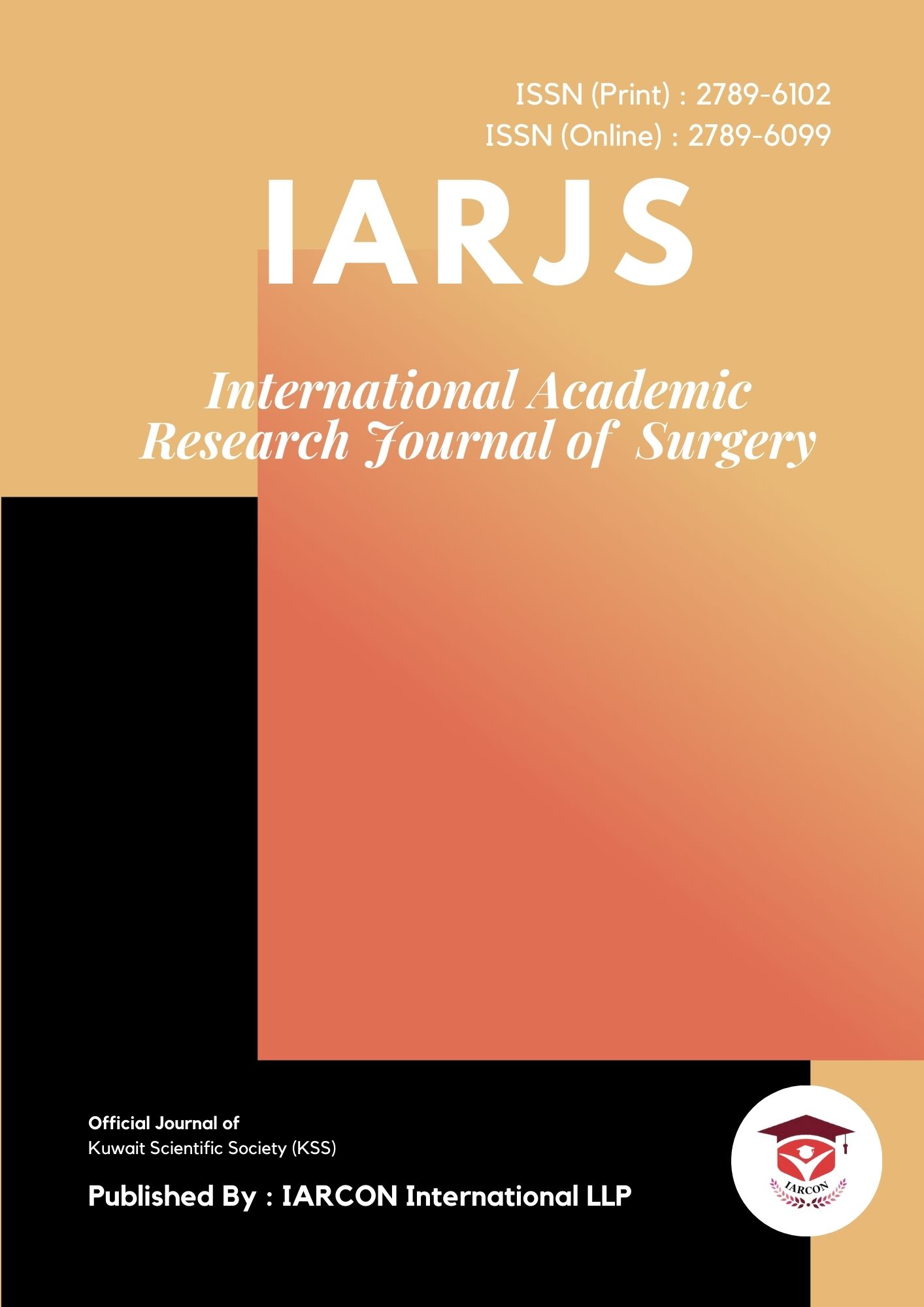Prevalence and Severity of Metabolic Dysfunction-Associated Steatotic Liver Disease Among Patients with Gallstone Disease: A Prospective Hospital-Based Study
Background: Metabolic Dysfunction-Associated Steatotic Liver Disease (MASLD), formerly known as NAFLD, is increasingly recognized as a hepatic manifestation of metabolic syndrome. Gallstone Disease (GSD) shares common metabolic risk factors with MASLD, including insulin resistance, obesity, dyslipidemia anddiabetes. With the adoption of updated MASLD criteria in 2023, limited data exists on its prevalence among GSD patients and its correlation with hepatic steatosis severity using Transient Elastography (TE), especially within the Indian population. Materials and Methods: This prospective observational study was conducted at Indira Gandhi Medical College, Shimla, between June 2024 and May 2025. A total of 161 adult patients with ultrasonography-confirmed symptomatic gallstone disease were enrolled. Detailed demographic, anthropometric andbiochemical data were collected. Hepatic steatosis and fibrosis were assessed using transient elastography (FibroScan), with Controlled Attenuation Parameter (CAP) and Liver Stiffness Measurement (LSM) serving as surrogate markers for steatosis and fibrosis, respectively. MASLD diagnosis was based on CAP ≥248 dB/m and the presence of ≥1 Cardiometabolic Risk Factor (CMRF). Statistical analysis was performed using SPSS v26.0. Results: Among the 161 patients with gallstone disease, MASLD was diagnosed in 41% (n = 66) and 74.5% (n = 120) had both MASLD and ≥1 CMRF. The prevalence of any CMRF was 90.1%, with the most common being hypertension, thyroid dysfunction anddiabetes mellitus. CAP scores were significantly higher in MASLD patients (289.77±32.10 dB/m) compared to non-MASLD individuals (197.99±34.82 dB/m; p<0.001). However, no statistically significant differences were observed in LSM or IQR between MASLD and non-MASLD groups. Patients with both MASLD and CMRFs had markedly elevated CAP values (250.50±54.41 dB/m) compared to those without MASLD/CMRF (192.05±36.17 dB/m; p<0.001), indicating increased hepatic fat burden in the metabolically dysregulated subgroup. Conclusion: MASLD is highly prevalent among patients with gallstone disease and strongly associated with cardiometabolic risk factors. CAP measurement via transient elastography is a valuable non-invasive tool for early detection of hepatic steatosis, even in the absence of significant fibrosis. These findings underscore the necessity of incorporating metabolic screening and FibroScan assessment into routine evaluation protocols for GSD patients, facilitating early intervention and prevention of progressive liver disease.

